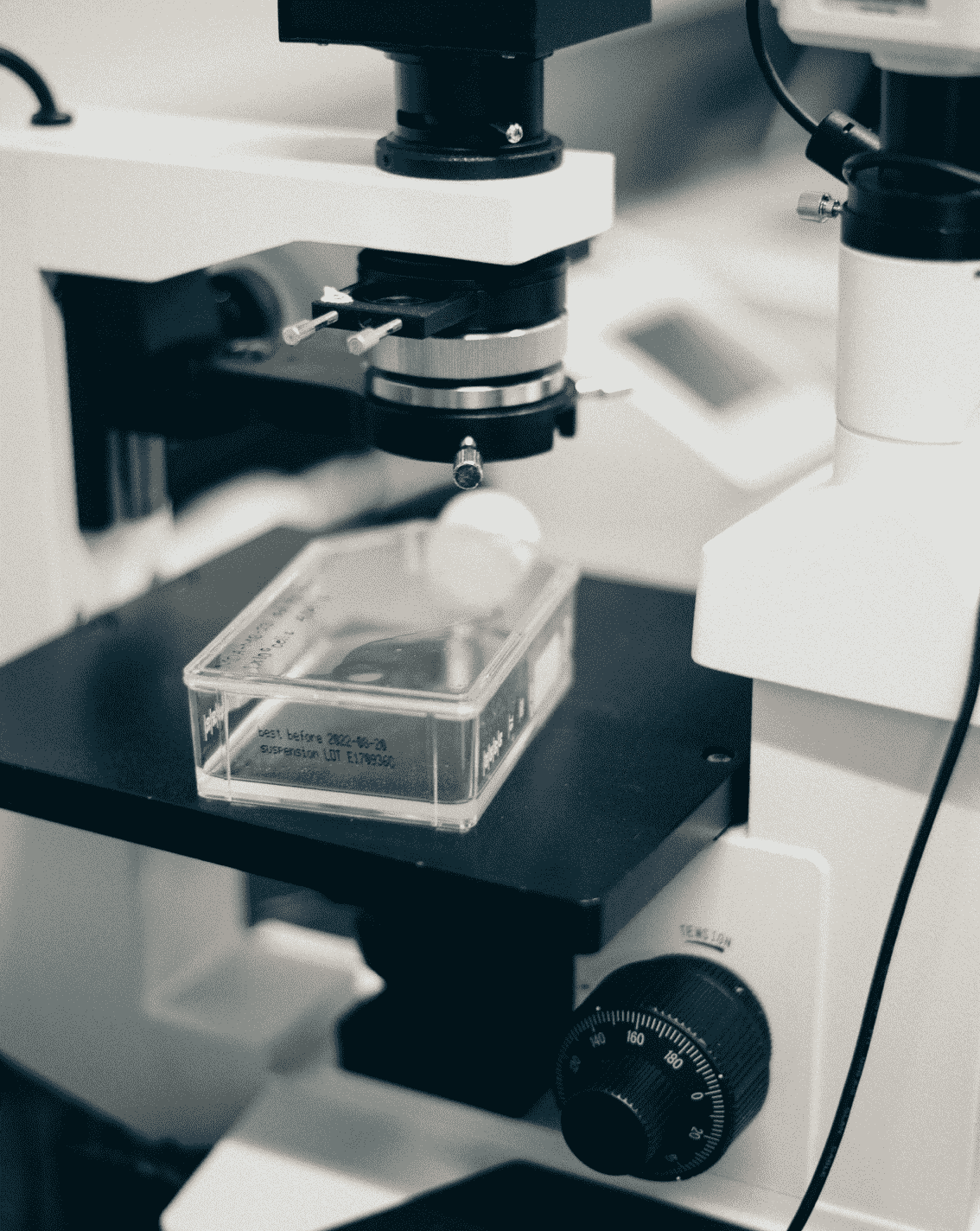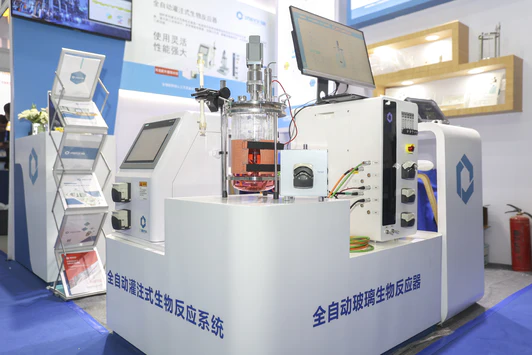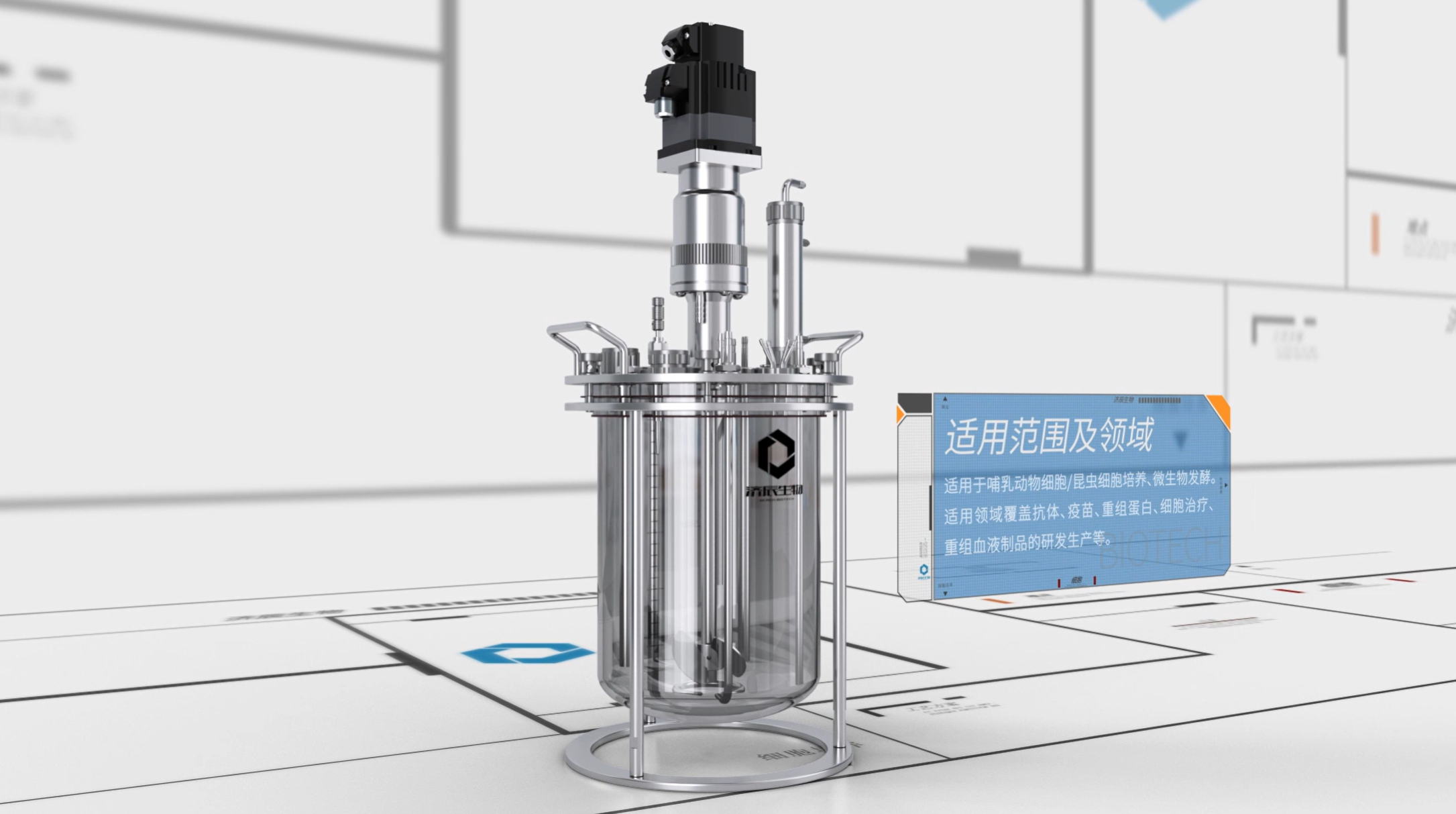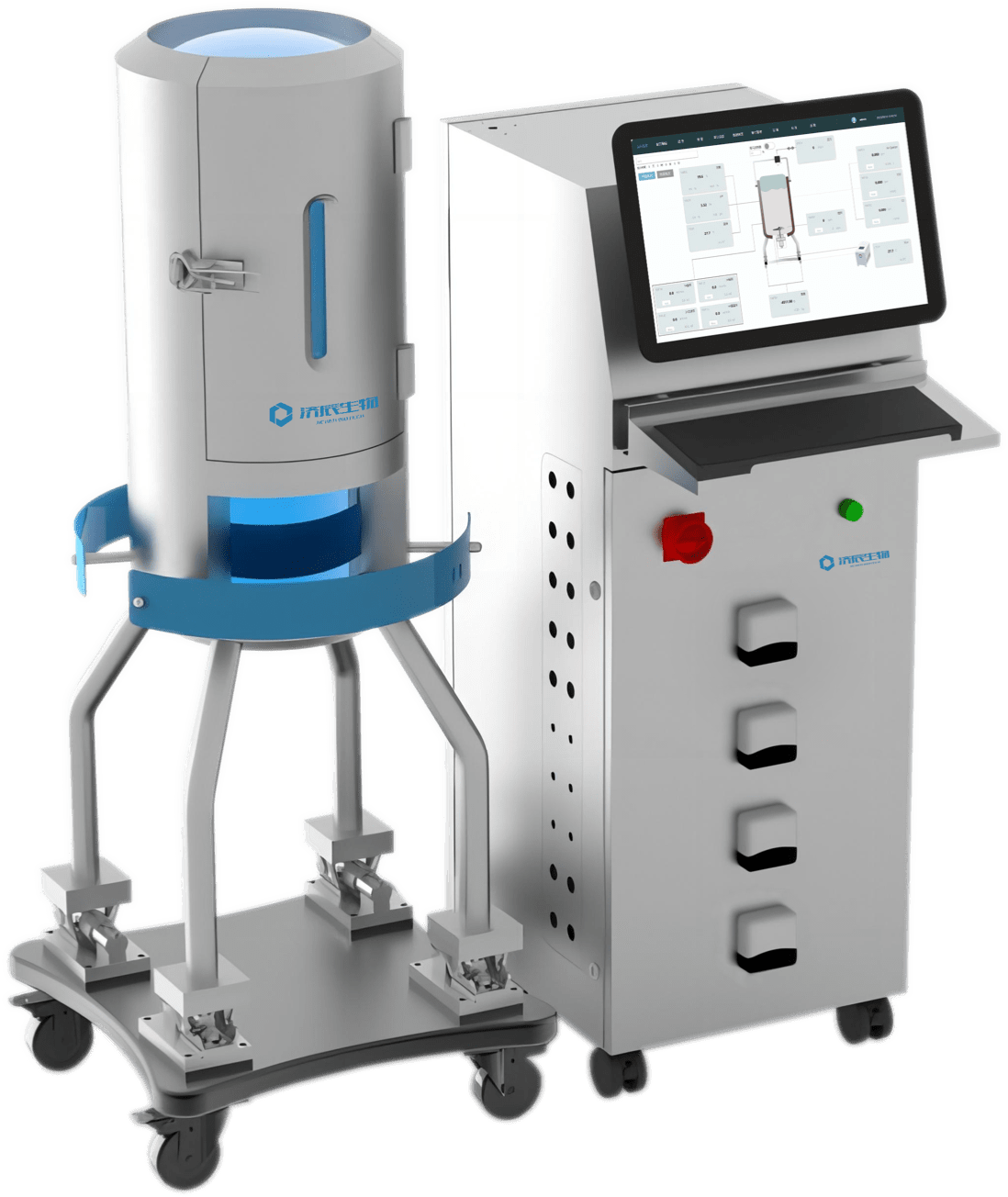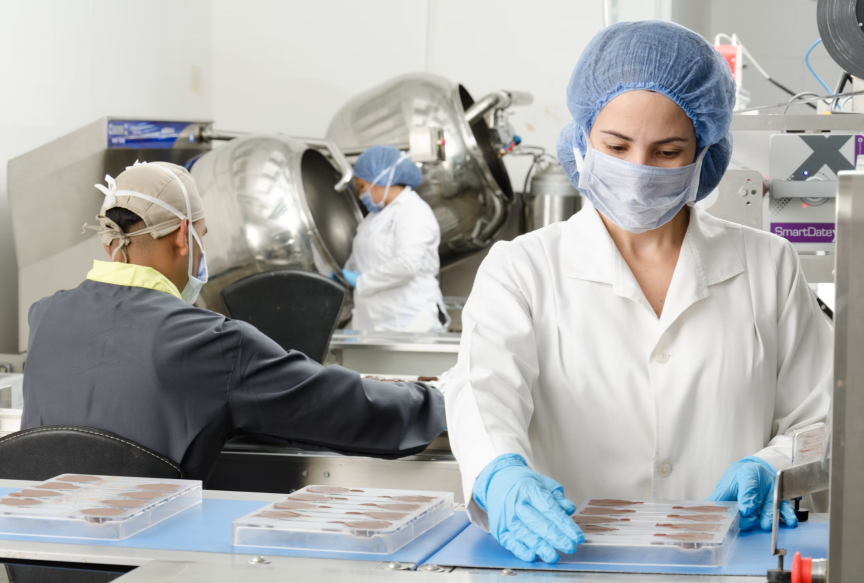Glucose and lactate are two important metabolic substances in living organisms, and they play important roles in energy metabolism, acid-base balance, and other physiological processes in living organisms. Real-time monitoring of glucose and lactate concentrations in biological systems is important for bioprocess control, disease diagnosis, and scientific research. As a new detection technology, online glucose/lactic acid sensor has been widely used in the fields of biology, medicine and food with its rapid, accurate and real-time characteristics. In this paper, the working principle, technical characteristics and its application of online glucose/lactic acid sensor will be introduced in detail.
Operating principle of on-line glucose/lactic acid sensor
1. Definition of glucose/lactic acid sensor
An on-line glucose/lactic acid sensor is a device capable of real-time monitoring of changes in the concentration of glucose and lactic acid in a biological system. sensor, signal processor and display output.
2. Principle of operation
(1) Biorecognition element: The biorecognition element (e.g., enzyme, microorganisms, antibodies, etc.) in the sensor can specifically react with glucose or lactate molecules.
(2) Signal conversion: the biorecognition element reacts with glucose or lactate molecules to produce physical or chemical signals (e.g., current, voltage, frequency, etc.) that are proportional to the glucose or lactate concentration.
(3) Signal Processing and Output: The signal processor processes the signals generated by the sensor, converts them into readable concentration values, and displays them in real time via a display output device.
Technical features of on-line glucose/lactic acid sensors
}1. High sensitivity: The on-line glucose/lactic acid sensor has a high sensitivity and is able to detect low concentrations of glucose and lactic acid.
2. High selectivity: The biometric element in the sensor is specific and can effectively differentiate between glucose and lactic acid, reducing interference from other substances.
3. Real-time monitoring: the on-line sensor is able to monitor the changes of glucose and lactic acid concentration in the biological system in real time, providing real-time data for the control of the biological process.
4. Fast Response: The sensor responds quickly and is able to give accurate results in a short period of time.
5. Easy to Integrate: The small size of the online glucose/lactic acid sensor makes it easy to be integrated with other equipment for automated control.
Applications of on-line glucose/lactic acid sensors
1 . bioprocess control
In bioprocesses such as fermentation engineering, cell culture, etc., real-time monitoring of glucose and lactic acid concentration is of great significance for optimizing production processes and improving product quality.
2. Disease diagnosis
Glucose/lactic acid sensors can be used for real-time monitoring of blood glucose in diabetic patients, as well as the diagnosis of diseases such as lactic acidosis.
3. Food testing
In the food production process, by monitoring glucose and lactic acid concentration, the fermentation process can be controlled and product quality can be ensured.
4. Scientific research
On-line glucose/lactic acid sensors provide a powerful tool for scientific research in the fields of biochemistry and molecular biology.
Development trends and outlooks
1. Nanotechnology and application
With the development of nanotechnology, the application of nanomaterials in glucose/lactic acid sensors will further improve the sensitivity and selectivity of the sensors.
2. Miniaturization and Integration
Miniaturization and integration of sensors will be the future development trend, which will help to achieve the simultaneous detection of multi-parameters and the development of portable devices.
3. Non-invasive detection
Development of non-invasive detection techniques, such as the use of spectroscopy, impedance, etc., to achieve non-invasive real-time monitoring of glucose and lactate.
4. Intelligent and networked
Combine with the Internet of Things (IoT), big data and other technologies to realize the intelligent and networked sensors, which will provide a more convenient service for the control of bioprocesses.
In short, online glucose/lactic acid sensors are promising as an important detection technology. With the continuous progress of technology, online glucose/lactic acid sensor will play an important role in more fields and bring more convenience to human life.
